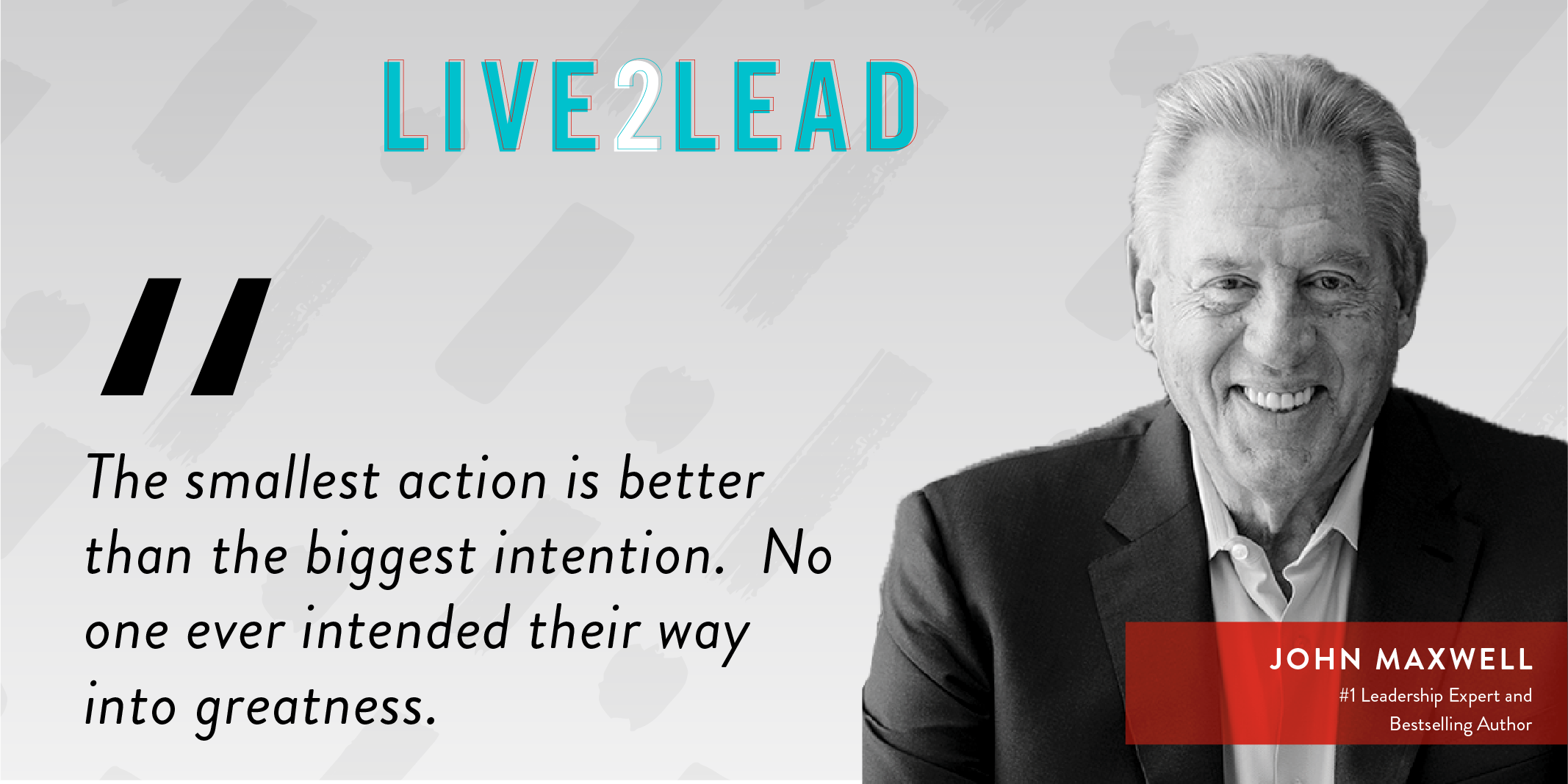Casting Vision for Your Organization

I have learned from my mentor, John Maxwell, that great leaders know the way and show the way. He goes on to say that, "The smallest action is better than the biggest intention. No one ever intended their way into greatness."
As a leader, your first step is being able to see the big picture, the overall vision for the organization, initiative or product.
Have ever heard the quote, Without vision, the people will perish?
This doesn't mean that people will actually perish. It means that because people do not see where we are going. As a result, I am not going to put forth much of an effort. Creating not just a lack of productivity, but a lack of effort.
The leader must have the ability to effectively communicate this vision to his or her team, collaborating with their team to systematically get the steps and plans down.
They must see the challenges ahead and chart a course that everyone can follow. This is the Law of Navigation, which says "anyone can steer the ship, but it takes a leader to chart the course."
Here are four keys I have learned from John Maxwell to improve my Law of Navigation.
Step 1: Evaluative Experience. Every past success and failure you have experienced, or experienced by others, can be a valuable source of information and wisdom - if you allow it to be. Take the time daily, weekly, monthly and annually to reflect on your small and large accomplishments and failures. You will gain a stronger perspective, confidence in decision making and clarity of “the bigger picture.”
Step 2: Examine the Conditions. No effective leader commits to plans without paying close attention to the conditions. This might mean taking a look at finances, resources, and talent. Pay attention to intangibles such as morale, timing, momentum and culture. It is possible to make the right decision at the wrong time or with the wrong people.
Step 3: Listen to Others. Great leaders get their information from all types of sources. They are intentional about getting information from their leadership team and from those closest to the action. They know you cannot move forward with top-down information so they go right to the source. In addition, they will seek out leaders or organizations who are on their way back from where they want to go.
Step 4: Ensure Conclusions are Faith and Fact. Effective leaders have a positive attitude and an abundance mindset. They have faith in their people to bring these opportunities to reality. However, great leaders are most effective at minimizing illusions and defining reality. As Jim Collins said in his book Good to Great, “As a leader you need balance, optimism and realism, intuition and planning, faith vs. facts.”
Want to continue to grow personally and as a leader? Want to learn more on how to chart your course instead of just steering a ship?
If you answered yes to the above questions, then I want to extend an invitation to you to come learn with me at John Maxwell's leadership event called Live2Lead. Click the Live2Lead logo below to find out more about this event and to grab your virtual seat next to me!
Join Our Daily Thought List!
Get daily inspirational messages and updates on our events and programs.


